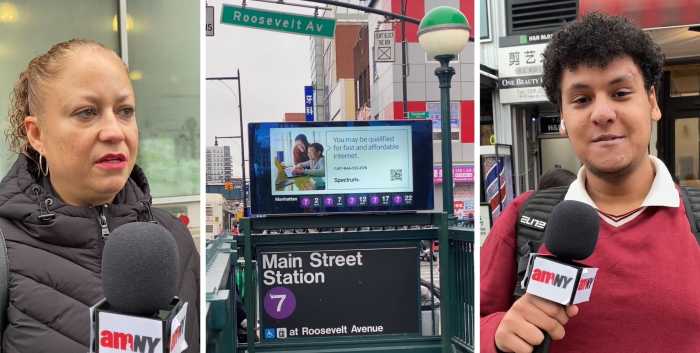Services and Advocacy for LGBT Elders (SAGE) and the Human Rights Campaign (HRC) released a report on June 29 revealing the lack of LGBTQ-inclusive non-discrimination policies in long-term care facilities.
Findings from the Long-Term Care Equality Index (LEI), a tool evaluating nursing homes and continuing care retirement homes based on their inclusion of LGBTQ residents, showed that out of more than 115 facilities, just 18 percent had LGBTQ-inclusive resident non-discrimination policies and 36 percent had LGBTQ-inclusive employee non-discrimination policies. Advocates warn that without LGBTQ inclusive policies in nursing homes, LGBTQ elders, especially individuals of color, are more likely to experience discrimination and insufficient access to care.
“Long-term care is an essential part of assisting and providing for LGBTQ people as they age,” Human Rights Campaign President Alphonso David said in a written statement. “As this report makes clear, finding inclusive long-term care communities can be especially challenging for LGBTQ older adults, and that more long-term care communities need to take the lead on LGBTQ inclusion. Together, the Human Rights Campaign Foundation and SAGE will continue working to ensure that LGBTQ people at all stages of life have safe and equitable access to inclusive long-term care.”
LGBTQ seniors make up approximately five percent of residents in long-term care facilities, according to SAGE and HRC. Still, experts say that LGBTQ seniors are severely undercounted in this data due to seniors’ fears of disclosing their gender identity or sexual orientation to nursing home staff. Researchers stressed that missing data makes it challenging for officials to fix this issue.
“The invisibility of LGBTQ elders, many of whom remain closeted or return to the closet when they enter long-term care, has perpetuated the false perception that there is not a pressing need to make policy or practice changes to ensure that care communities are welcoming and inclusive of LGBTQ elders,” SAGE and HRC said in a press release. “And for LGBTQ BIPOC community members, there is compounded fear of discrimination and inadequate care based not only on sexual orientation and gender identity, but also racial bias.”
SAGE CEO Michael Adams underscored the importance of accessing the needs of older LGBTQ populations.
“Equitable and inclusive care in residential long-term care communities is vital for LGBTQ elders to thrive in their later years,” Adams said in a written statement. “The Long-Term Care Equality Index (LEI) is designed to both assess a facility’s current services and assist them in adopting policies that promote culturally competent care. We at SAGE are proud to partner with the HRC Foundation on this crucial tool for both our LGBTQ pioneers and the many facilities that serve them.”
The latest report comes at a time when there have been calls from advocates to pass the Equality Act, a comprehensive bill that would build on the Bostock Supreme Court ruling and solidify nondiscrimination protections for LGBTQ people in housing, healthcare, school, and other areas of public life.
Experts compiled the research data from long-term care websites between February and March of this year, while the self-assessment data was collected between July of last year and May of 2021. When analyzing this data, researchers reviewed residential, community, and employee guidelines. This included whether communities had gender-affirming and LGBTQ-specific residential support; inclusive healthcare benefits for transgender, non-binary, and gender-non-conforming workers; LGBTQ training; and policies that would allow residents to self-identify their gender.
The survey highlighted two dozen long-term care communities in New York, including the Watermark at Brooklyn Heights, New York City Health and Hospitals, and Crotona Senior Housing in the Bronx. In the report, Matilde Roman, chief diversity and inclusion officer at New York City Health and Hospitals, noted that small changes like asking a resident for their pronouns or hanging a Pride Flag in the lobby could go a long way toward the inclusion of LGBTQ residents. Implementing these policies is also beneficial for the home’s bottom line, Roman said.
“If we negate a large segment of our population, then we are losing out on market share in lots of ways, both in terms of revenue and health outcomes,” Roman said. “Our mission is to help people live to their fullest health potential. If we create barriers to receiving care or returning for care, then we are not being true to our mission.”
To sign up for the Gay City News email newsletter, visit gaycitynews.com/newsletter.

















